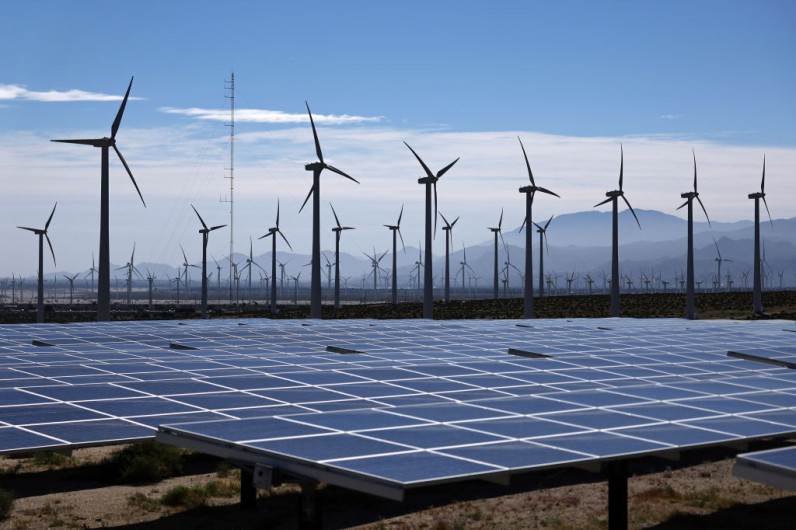California has recently achieved a major milestone in renewable energy production, surpassing 100% of grid demand with clean energy sources for an impressive 30 consecutive days. This accomplishment adds to the state's ambitious clean energy goals.
California Boasts Unprecedented Clean Energy Record
According to Electrek, wind, solar, and hydroelectric sources collectively exceeded the state's electricity demand on California's main grid for the majority of the past month.
This is not an anomaly.
— Mark Z. Jacobson (@mzjacobson) April 14, 2024
It is the new reality.
The percentages will only increase each year
Once again, California exceeds 100% of demand on its main grid with #WindWaterSolar
This is the 30TH OF THE PAST 38 DAYS that #WWS supply has exceeded demand for 0.25-6 h per day. https://t.co/Wo44TgD8Sl pic.twitter.com/78DNHZn5pg
Professor Mark Z. Jacobson from Stanford University, who has been closely monitoring California's renewables performance, emphasized the historic nature of this achievement. He stated, "This is unprecedented in California's history," highlighting the magnitude of the accomplishment.
The consistency of renewable energy supply outstripping demand, ranging from 0.25 to 6 hours per day, underscores the reliability of clean energy sources. Jacobson further elaborated on the significance, noting that renewable energy supply even exceeded demand by up to 122 percent, demonstrating the robustness of California's renewable energy infrastructure.

California's Continued Renewable Energy Growth
California's renewable energy success is not an isolated event but rather part of a broader trend toward clean energy adoption. The state's commitment to renewable energy is reflected in its legislative initiatives, including a law passed in 2018 aiming for 100% net-zero electricity by 2045.
Recent developments, such as the recommendation by the California Independent System Operator (ISO) for $6.1 billion worth of transmission projects, indicate a concerted effort to further bolster renewable energy capacity.
Professor Jacobson's prediction that California could achieve 100% renewable energy and battery storage by 2035 further underscores the state's commitment to a sustainable energy future.
Moreover, California's renewable energy leadership extends beyond its borders, with other states like South Dakota, North Dakota, Iowa, and others also making significant strides in renewable energy production.







Join the Conversation